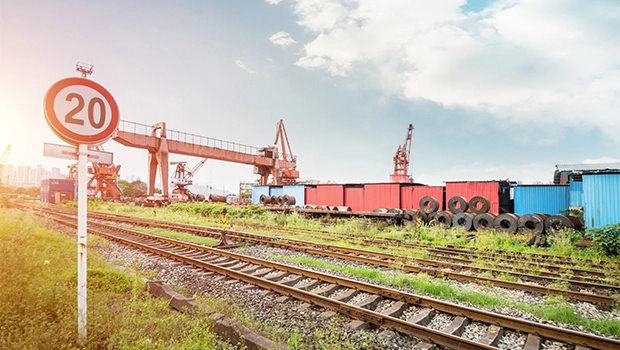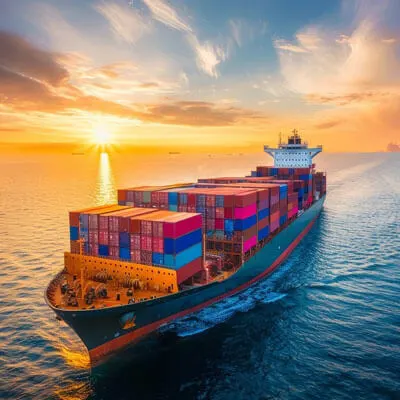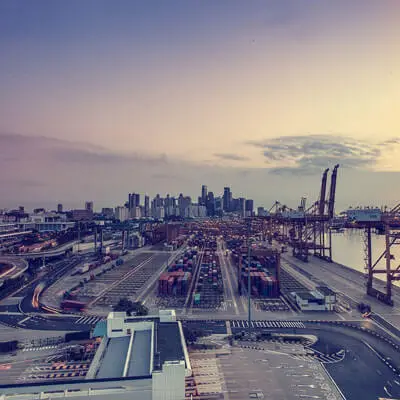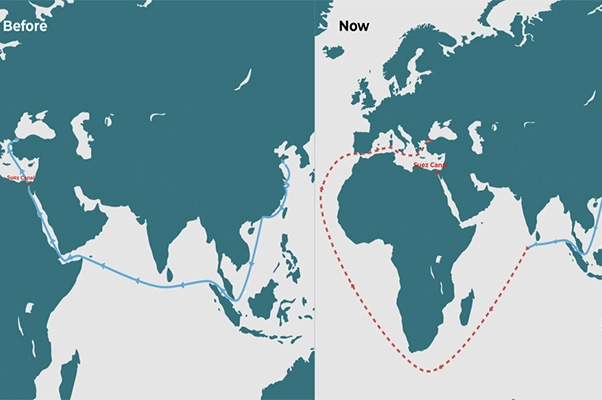+
FCL, or "Full Container Load," refers to sea freight shipments where the entire container is allocated to a single consignee. These containers are not shared with other shippers. Standard container sizes are 20-foot and 40-foot, available in both regular and high-cube configurations.
When opting for FCL, the buyer rents the entire container at a fixed rate. In addition to the base freight cost, buyers must consider additional fixed charges like handling fees and chassis costs.
Freight rates can fluctuate based on route demand, much like airline ticket pricing. It's important to check rates based on the shipping schedule and destination to secure the best pricing.
FCL typically offers lower rates per unit volume. However, for smaller shipments that don’t require an entire container, Less than Container Load (LCL) can be a more economical option. For larger volumes, FCL provides better cost efficiency due to economies of scale.
To determine if FCL suits your shipment, it’s important to understand how costs are calculated. The primary costs include the container rate and chassis fee.
For FCL shipments under the FOB Incoterms, the total shipping cost includes:
1.Container freight and chassis fees (ocean and transshipment costs).
2.Destination port charges.
3.Customs clearance, including duties and taxes.
4.Trucking or delivery fees for transporting the container to its final destination.
Understanding container dimensions is key to optimizing shipping costs. Below are the standard container types and their capacities:
| Type | Length (m) | Width (m) | Height (m) | Capacity (CBM) |
| 20' Standard | 5.89 | 2.35 | 2.39 | 33.08 |
| 40' Standard | 12.03 | 2.35 | 2.39 | 67.56 |
| 40' High Cube | 12.03 | 2.35 | 2.69 | 76.04 |
While 40-foot containers provide double the capacity of 20-foot ones, high-cube containers offer additional height, increasing their total volume. Less common container sizes, like 45-foot containers, are not widely available and are usually unnecessary for standard shipments.
FCL is the preferred option for large-volume shipments for several reasons:
1.Reduced Risk: Since the container is used solely by one consignee, there’s less handling involved, reducing the chances of damage.
2.Cost Efficiency: Lower per-unit volume rates make FCL more economical, even if the container isn’t filled completely.
3.Faster Transit Times: FCL shipments are transported directly to the destination, avoiding delays caused by consolidating or deconsolidating cargo, as seen in LCL shipments.
While FCL reduces handling-related risks, improper loading of goods into the container can lead to damage during transit or unloading. Buyers should work with sellers to ensure proper loading procedures or consult a freight forwarder for assistance.
Once the container is sealed, it remains closed until it arrives at the destination unless a customs inspection is required, further reducing handling risks compared to LCL shipments.
Even if the container isn’t fully loaded, FCL can still be cost-effective. For example, shipping 15 CBM in a 20-foot container is often cheaper than sending the same volume via LCL. Additionally, FCL can be a viable option for heavy goods, as shipping costs are calculated based on either volume or weight (1 CBM per 1,000 kg, whichever is higher).
FCL shipments typically have shorter transit times than LCL because the container is shipped directly to the destination. On average, FCL saves 4–7 days compared to LCL shipments. However, sea freight in general is slower than air freight, with transit times ranging from 20 to 45 days.
The primary drawback of FCL is the longer transit time associated with sea freight. For time-sensitive shipments, air freight may be a better alternative. However, with proper planning, the extended transit time of FCL is usually manageable.
Both FCL and LCL have their advantages. FCL is ideal for larger shipments, offering lower costs, reduced risks, and faster transit times. On the other hand, LCL caters to smaller shipments, allowing buyers to avoid paying for unused container space.
By understanding the key differences between these two shipping methods, buyers can make informed decisions based on shipment size, budget, and delivery timelines.
As a leading 3PL service provider, GOWIN offers a comprehensive suite of logistics services tailored to Full Container Load (FCL) shipping. Our solutions deliver significant advantages to both sellers and buyers, including reduced risk of damage, expedited transit times, and enhanced control over the shipping process.
For sellers, GOWIN manages every aspect of the shipping journey. Our services encompass container booking, transportation arrangements, export clearance, container loading, document preparation, insurance, and real-time tracking. This holistic approach empowers sellers to efficiently oversee their shipments while minimizing risks and delays.
On the buyer's side, GOWIN provides critical support services, including import clearance, container unloading, warehousing and distribution, document management, and logistics consulting. This comprehensive assistance ensures that buyers enjoy a seamless import experience, characterized by optimized supply chains and cost efficiencies.
By partnering with GOWIN, both sellers and buyers can benefit from streamlined operations. Sellers can focus on production and sales, while buyers can concentrate on market growth and enhancing customer service.







